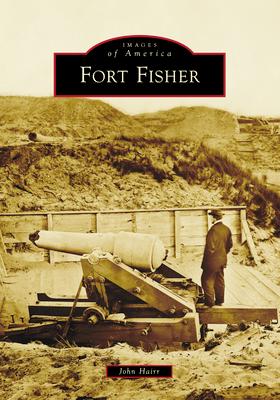John Hairr is an award-winning author and maritime historian who explores the past of unique and often forgotten places. He returns to the Cape Fear country for his latest photographic look into the region's past.
Kure Beach, North Carolina The sandy dunes stretching from the Atlantic Ocean to the Cape Fear River may not have looked impressive, but Fort Fisher, North Carolina, was a key part of the coastal defenses protecting the most important link in the lifeline of the Confederacy. Blockade runners and naval raiders alike sheltered for cover under the protection provided by powerful artillery batteries, which warships of the Union Navy dared not challenge. Modeled by the fort's commander, Col. William Lamb, after Russian-engineered designs, the sandy ramparts defending the New Inlet entrance to the Cape Fear River eventually became the largest fortifications in the South, gaining the nickname "Confederate Gibraltar." During the waning days of the war, Union commanders went to great lengths to destroy the fort, thus closing the vital port of Wilmington to Confederate blockade runners. The woefully undermanned defenders fought bravely, turning back the first Union assault in December 1864 and would no doubt have repulsed the second had promised reinforcements arrived. After fierce hand-to-hand combat, the garrison was overwhelmed by superior numbers, and Fort Fisher fell on January 15, 1865.
